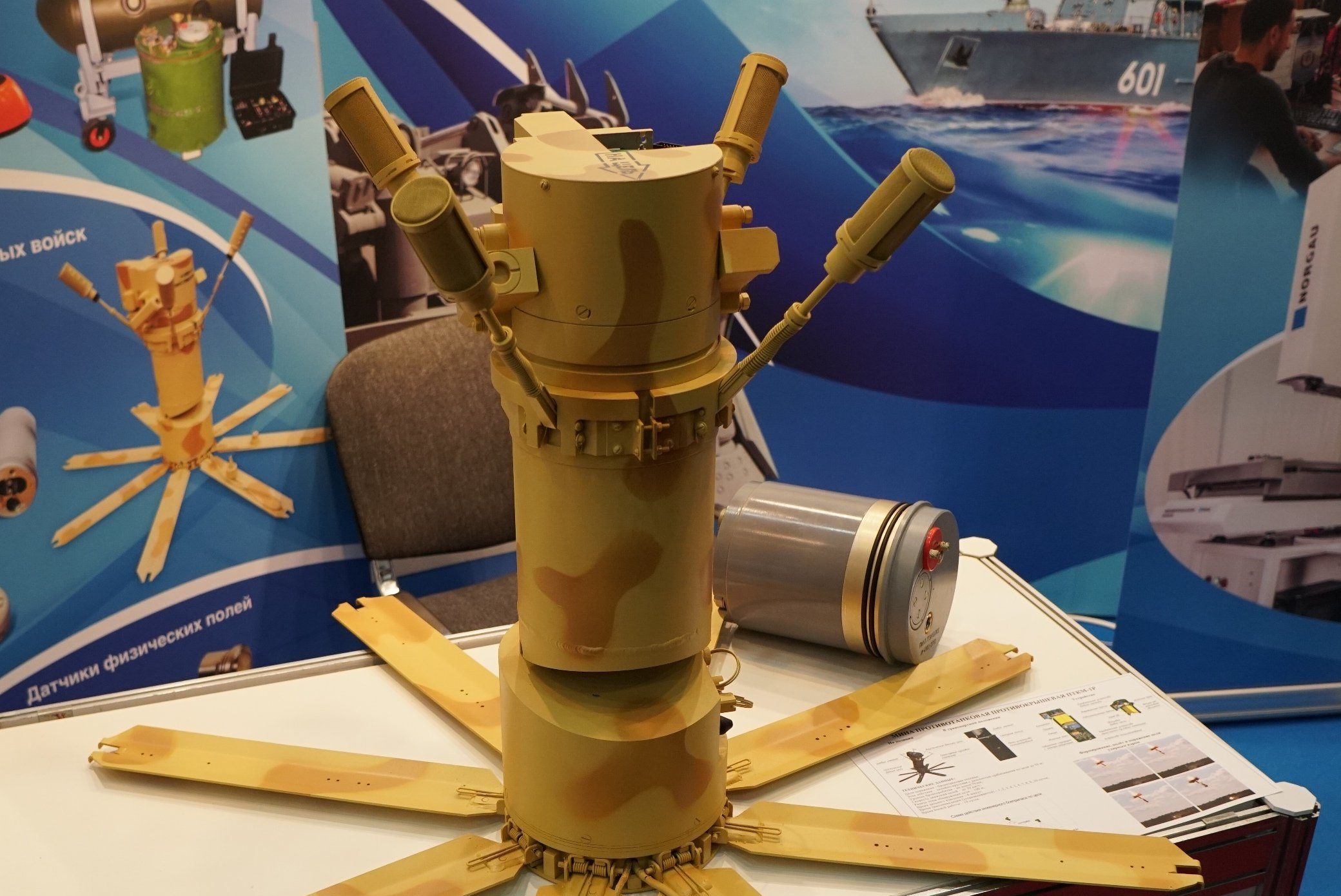In a significant step toward strengthening India’s border defenses, the Indian Army has issued a Request for Information (RFI) for the procurement of 4,000 top-attack anti-tank mines. The initiative falls under the Buy (Indian)/(Indian-IDDM) and Buy & Make (Indian) categories of the Defence Acquisition Procedure (DAP) 2020 and supports the broader Atmanirbhar Bharat vision of self-reliance in defense manufacturing.
Top-attack mines represent a new generation of land warfare capability. Unlike traditional mines that detonate upon contact with the underbelly or tracks of armored vehicles, these mines are designed to detect and strike targets from above—exploiting a tank’s weakest point. Using a combination of seismic, acoustic, and infrared sensors, such systems are capable of identifying, tracking, and engaging enemy armor with high precision.
The procurement comes at a time of rising regional tensions, particularly along India’s borders with China and Pakistan. Military planners have been increasingly focused on modernizing India’s defensive posture in vulnerable areas such as eastern Ladakh and the Line of Control (LoC). This RFI builds on earlier efforts, such as the induction of indigenously developed anti-personnel and anti-tank mines in 2021 and the deployment of logistical support assets in high-altitude areas.
While the RFI does not specify a model, defense sources note the Indian Army is likely looking for capabilities similar to Russia’s PTKM-1R mine. First seen in the Ukraine conflict, the PTKM-1R uses a combination of seismic and acoustic sensors to detect approaching vehicles and then launches an explosively formed penetrator (EFP) to strike from above. Its inclusion as a reference highlights the kind of advanced capability India is now seeking to replicate or enhance.
Indian defense firms are expected to respond to this opportunity, with companies like Reliance and Bharat Forge having previously expressed interest in manufacturing advanced munitions. The relatively limited order size has raised concerns about economies of scale, but experts believe this could be a precursor to a larger procurement effort if trials are successful.
The move also reflects a broader shift in battlefield dynamics. Modern tanks are increasingly being equipped with countermeasures like cage armor designed to deflect top-down attacks, prompting innovation on both sides of the arms race. Indian military planners appear keen to stay ahead by investing in advanced sensor-fused munitions capable of defeating such defenses.
Some analysts suggest that the timing of the RFI may be linked to contingency planning in sensitive regions such as Pakistan-occupied Kashmir (PoK). Though no official comment has been made, the Indian Army’s renewed interest in area-denial weapons signals a readiness to prepare for high-intensity mechanized warfare.
The push for indigenous production also aligns with India’s aim to reduce dependency on foreign suppliers and build a robust defense industrial base. As geopolitical tensions continue to shape military strategies, the development and deployment of top-attack mines could become a vital element of India’s deterrence posture in South Asia.













